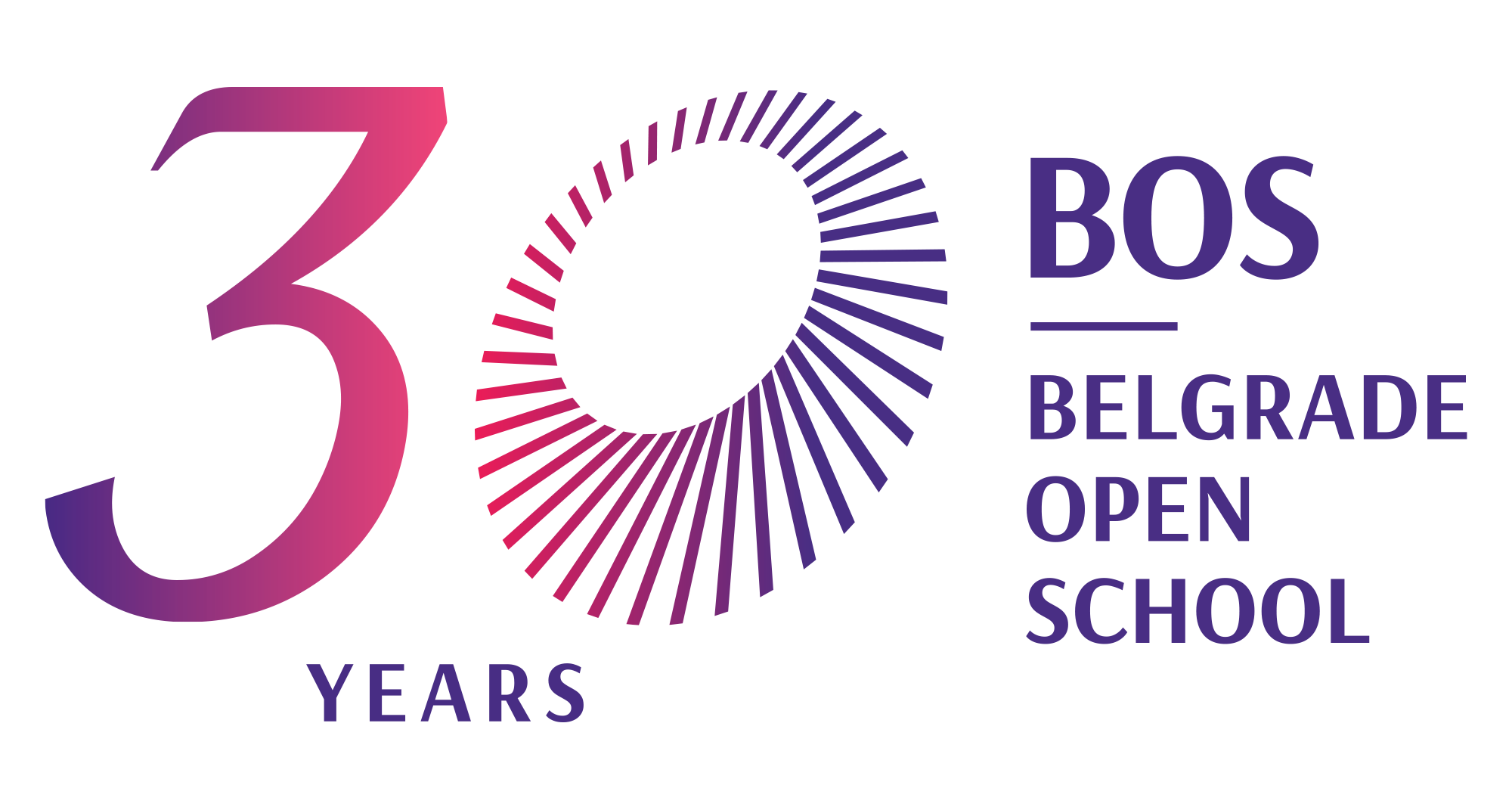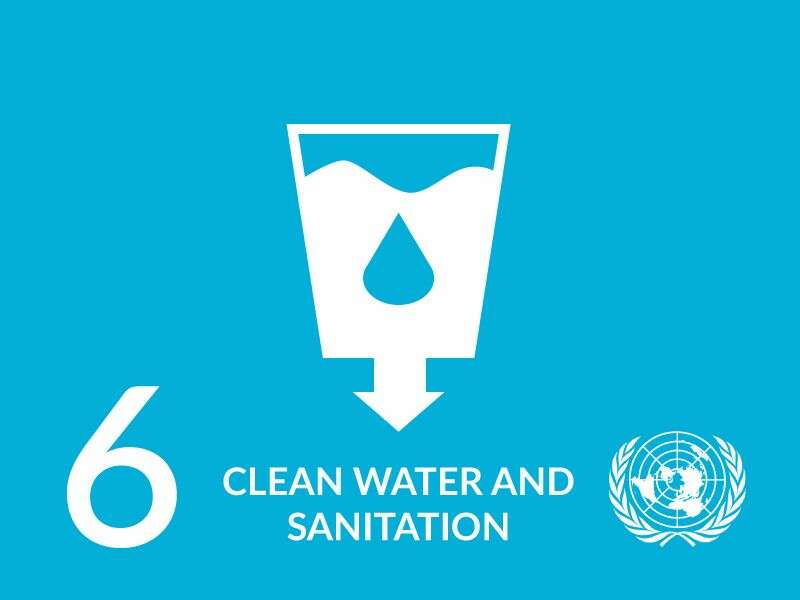Accessible, clean water and sanitation during a coronavirus pandemic
The needs for food, water, air and sleep are at the very bottom of the Pyramid of Maslow's hierarchy of human needs. They are basic, because satisfying them is a prerequisite for any other human activity. At moderate temperatures, an adult can spend only a few days without drinking water before collapsing due to dehydration. Except for drinking, water is also necessary for the preparation of food, and without water it is difficult to meet the hygiene criteria to prevent the spread of infections and diseases.
World Water Day, traditionally celebrated on March 22, has passed quietly this year. Globally planned public events to draw attention to the fact that the right to water is a basic human right have been canceled due to the declaration of a coronavirus pandemic and the introduction of a state of emergency in most countries of the world. On the other hand, almost all the recommendations of doctors regarding the maintenance of hygiene in order to minimize the spread of the virus also require the availability of water. From preventative hand washing to washing up disinfected foods, as well as all other home hygiene tasks - water is required.
Despite being a prerequisite for everything, many people today do not have access to either drinking or sanitary water. Water scarcity has more or less covered more than 40% of the world's population.[1] Global warming and climate change, if nothing changes, will further reduce the availability of fresh water supplies. If climate change continues at this pace, it is estimated that by 2050, one in four people on the planet will be affected by a constant water shortage.[2] Disasters will be unevenly distributed and poor countries, which are already struggling to meet the needs of the population for clean water, will be more affected than the richer countries.
Serbia and access to the water
As you read older geography books, you will notice that Serbia describes itself as a country very rich in water. However, estimates in recent literature, as time went on, have become increasingly conservative, so recent books mention that Serbia is a medium rich in water. Most of Serbia's water resources are made up of waters that only flow through the state, and only a small fraction of those that originate within the territory. As water becomes an increasingly valuable resource, its more efficient use is required, with the need to conserve water resources.
When it comes to access to water, people tend to imagine thirsty children in Africa, but this problem is not only characteristic of Africa, but occurs on all continents. Serbia has also not solved the problem of water availability for all its citizens. Water from the city water supply system is not suitable for drinking in Zrenjanin for more than ten years. And similar is the situation in other places in Vojvodina, where, due to the increased level of arsenic in the water, citizens have to buy bottled water, and in addition they have to pay for faulty water from the water supply. At the end of the month, this represents a huge expense in home budgets, while plastic packaging piles up and creates a whole host of other environmental problems. We can only wonder what the hygiene of these cities looks like in the current circumstances. It was only in 2019 that the first court verdict was passed allowing one resident of Ravno Selo, nearby Vrbas, not to pay for defective water. This ruling could trigger an avalanche of claims from other citizens who have been paying for unclean drinking water for years.
However, the residents of Zrenjanin are "more fortunate" because they have at least sanitary water, because there are a large number of people in Serbia who have no water source available. Roma people living in over 580 substandard settlements in the territory of Serbia are the group that suffers the most due to lack of adequate infrastructure. These settlements do not have or have extremely poor utility infrastructure. As many as 43.5% of Roma settlements are slums, which means that there is no electricity, water or sewage network within them. Nearly 30% of all Roma settlements are without water, and no sewage infrastructure exists in 65% of all Roma settlements.[3] The question is how can these people maintain a minimum of hygienic conditions during a coronavirus epidemic, when often there is not a single faucet in the whole settlement.
In addition to the inaccessibility of water resources for certain marginalized groups, the lack of water and obsolescence of sewerage infrastructure, as well as poor management and non-involvement of citizens in decision making of importance for local communities, are a general problem in Serbia.
The losses in the water supply network are quite high and amount to about 30% of the total water produced.[4] The sewage system is not yet available in most rural areas, while according to data from the Statistical Office of the Republic of Serbia for 2017, only 12.6% of the total population is connected to wastewater treatment with at least secondary treatment.
Only ten local governments have operational policies and procedures in place for local community involvement in water and sanitation management. Often, the voice of citizens struggling with water availability remains curtailed. Despite the disagreement between local community members and experts, the construction of small and mini hydropower plants continues; illegal facilities on the Sava Quay remain to threaten the water source, while changing the purpose of the Beljarica wetland is planned. These are just some of the many projects that reduce the availability of water resources.
Sustainable Development Goals and Water
The accessability of clean water and sanitation has also found its place on the United Nations agenda and holds a significant place among the Sustainable Development Goals. The goal is to ensure the availability and sustainable management of water and sanitation for all by 2030. And how far are we from reaching this goal?
Progress towards this goal can be monitored through the monitoring of eight targets, the achievement of which is measured by the monitoring of eleven indicators.[5] So far, some progress has been made towards achieving these goals, but additional efforts, as well as financial resources, need to be put in place to reach the targets by 2030.
Globally, the percentage of the population using safe drinking water increased from 61% to 71% between 2000 and 2015 and remained unchanged in 2017. An additional 19% of the global population used basic drinking water services, meaning that 785 million people and further, it does not even have a basic drinking water access service.[6]
The share of the global population covered by sanitation increased from 28% in 2000 to 45% in 2017. In 2017, about 60% of people worldwide and only 38% in underdeveloped countries had basic conditions for washing their hands with soap and water, which means that about 3 billion people do not have basic facilities for washing their hands at home.[7] The question is how all these people can answer the basic recommendation of a physician in the current situation.
In order to achieve the set goals, it is also necessary to change the attitude towards water resources. As everyday life, especially during the coronavirus pandemic, proves - even minimal hygiene conditions cannot be met without water. Instead of converting water into commodities and allowing individual multinational corporations to accumulate water resources, while on the other hand a large number of people are unable to meet basic needs, a fair distribution is needed. The right to water is a basic human right and there is plenty of water for all if used rationally as a common good.
Predrag Momčilović
Photo source: Belgrade Open School
[2] https://www.rs.undp.org/content/serbia/sr/home/sustainable-development-goals/goal-6-clean-water-and-sanitation.html
[4] Strategies for the Sustainable Use of Natural Resources, Report of the Water Resources Working Group, Republic Water Directorate, 2006.

